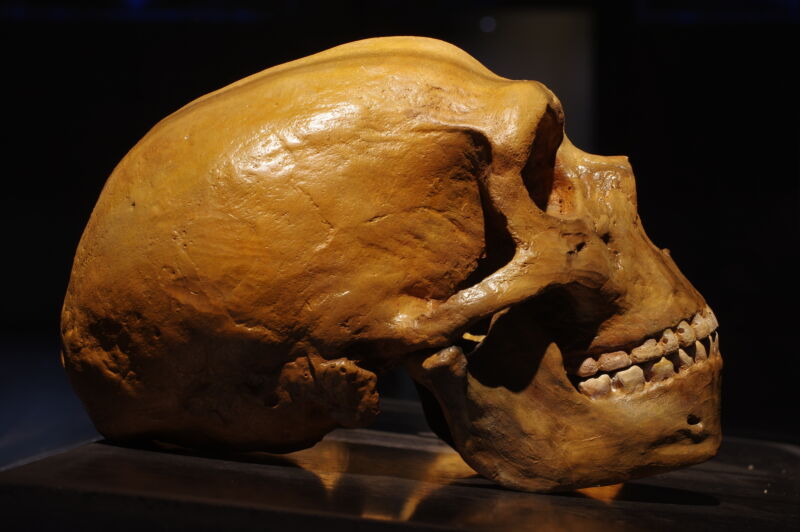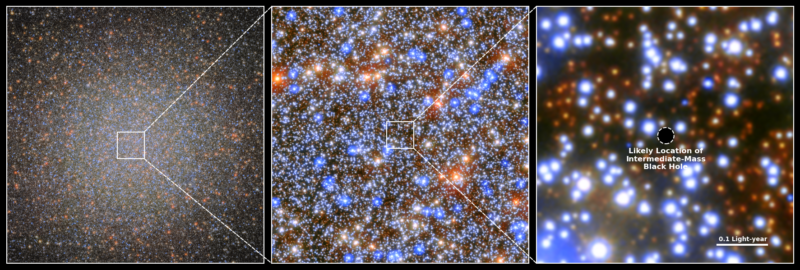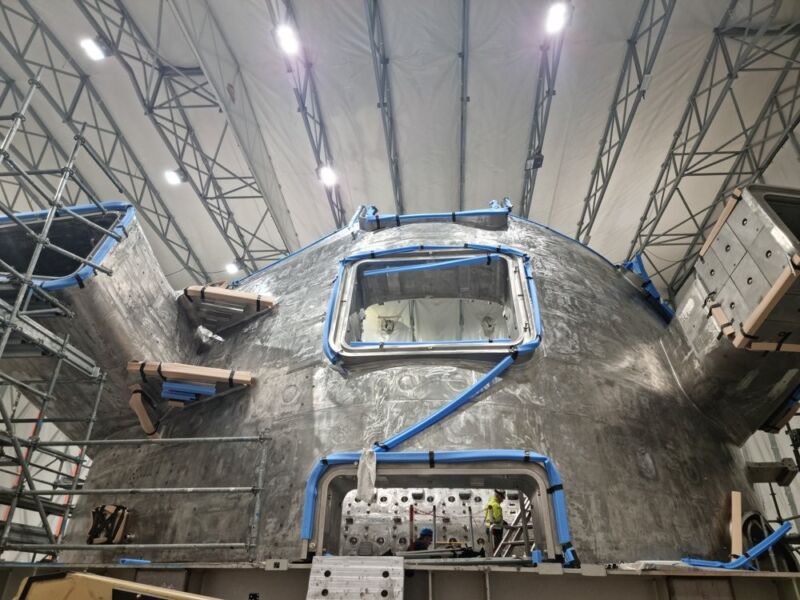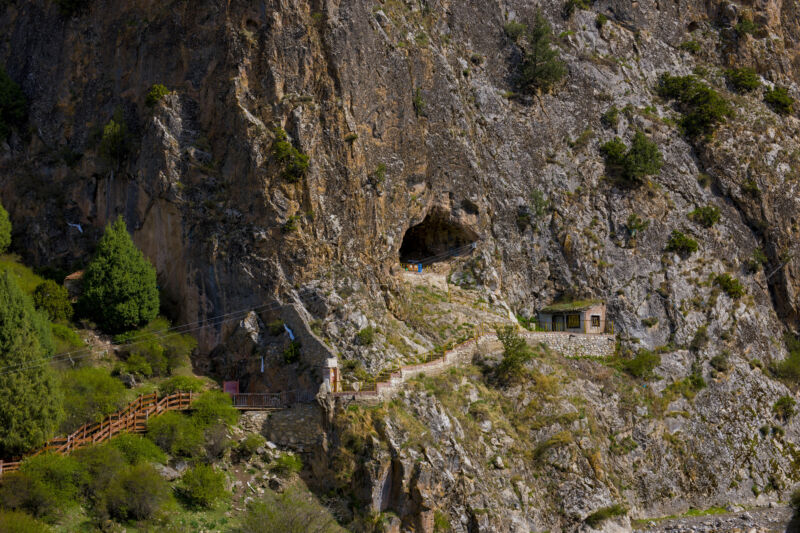Aventon, a major e-bike maker, tries its hand with a hardtail

Enlarge / Aventon's Ramblas hardtail mountain bike. (credit: John TImmer)
Full suspension mountain bikes are complicated beasts, with sections of the frame that pivot and a shock absorber to moderate that pivot. These parts help limit the bumps that reach your body and keep your rear tire in contact with the trail across all sorts of terrain and obstacles. The complexity and additional parts, however, boost the costs of full suspension bikes considerably, a situation that only gets worse when you electrify things.
As a result, some of the electric mountain bikes we've looked at are either very expensive or make a few too many compromises to bring the price down. Even aiming for middle-of-the-road compromise hardware costs in the area of $5,000.
But there's one easy way to lower the price considerably: lose the full suspension. The electric "hardtails" from major manufacturers typically cost considerably less than a full suspension bike with similar components. And because the engineering demands are considerably lower than in a full suspension bike, it's easier for some of the smaller e-bike companies to put together a solid offering.







